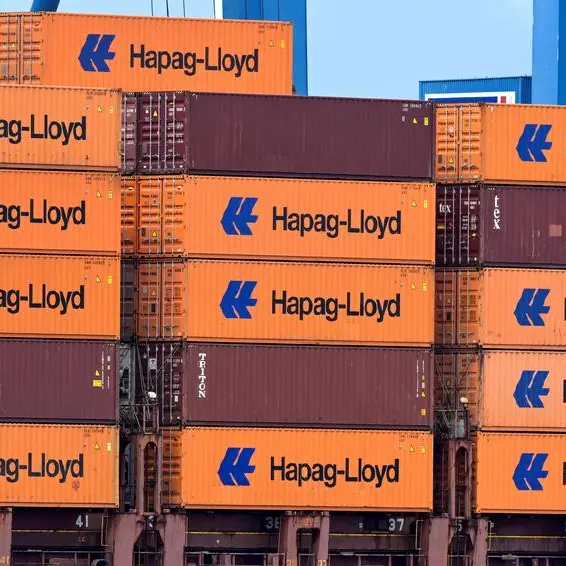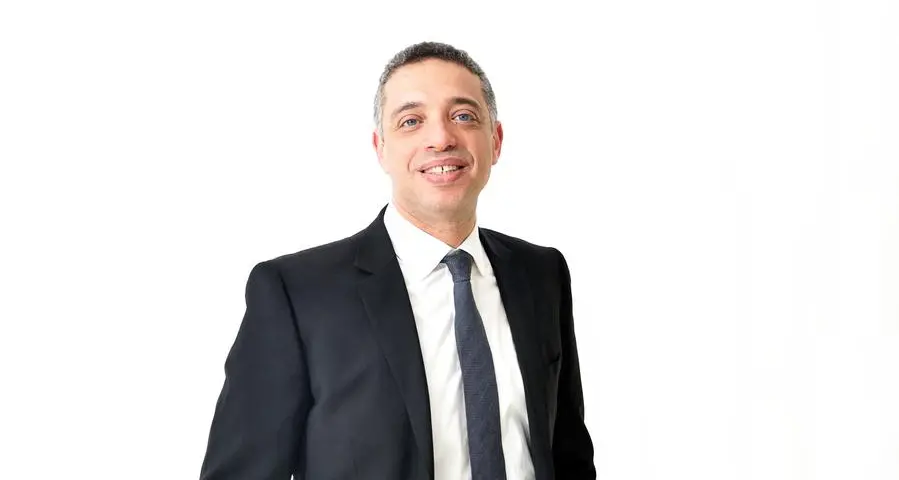PHOTO
(FILES) In this file photo taken on October 5, 2022 an agent walks in the turbine room linked to the OL3, the latest among three reactors at the nuclear power plant Olkiluoto on the island of Eurajoki, western Finland. - Finland's next-generation Olkiluoto 3 nuclear reactor has gone into regular production after months of delays, producing on its own around 14 percent of the country's electricity, its operator TVO said April 16, 2023. The European pressurised water reactor (EPR), already more than 12 years behind schedule, was supposed to come fully online in December, but the start was pushed back several times during its testing phase. (Photo by Olivier MORIN / AFP)
Finland's next-generation Olkiluoto 3 nuclear reactor, the largest in Europe, has gone into regular production after months of delays, its operator said Sunday, hours after Germany ended its nuclear era.
Olkiluoto 3, now producing around 14 percent of the country's electricity, is expected to remain operational for "at least the next 60 years", according to the site's operator TVO.
The European pressurised water reactor (EPR), already more than 12 years behind schedule, was supposed to come fully online in December, but the start was pushed back several times during its testing phase.
Built by the French-led Areva-Siemens consortium, the reactor was first started up in December 2021 and connected to the Finnish power grid in March last year.
"Test production has been completed and regular electricity production started today," TVO said. "From now on, about 30 percent of Finnish electricity is produced in Olkiluoto," which already had two reactors.
On Sunday, more than 50 percent of Finnish electricity was being produced from nuclear power, according to Finland's transmission system operator Fingrid.
The most powerful nuclear reactor in Europe, with a capacity of generating 1,600 megawatts, Olkiluoto 3 reached full power in late September for the first time since construction began in 2005.
Finland had been hoping to rely on the new reactor for its electricity needs earlier this winter, given fears of energy shortages after Russia, a major supplier to Europe, invaded Ukraine and cut off gas exports in response to Western sanctions.
- Safety vs climate -
The EPR was designed to relaunch the European nuclear industry after the Chernobyl catastrophe of 1986, and was touted as offering higher power and better safety.
But several EPR projects have been plagued by delays and billions of dollars in cost overruns.
At the end of last year, France's state-owned energy group EDF had to announce another six-month delay for a new reactor being built at Flamanville, in northwest France, pushing back its projected start to mid-2024.
Hinkley Point in Britain and the Taishan plant in China have also suffered EPR production setbacks, cost overruns and delays.
The two EPR units in China have already entered commercial production, making Olkiluoto 3 the third to go into operation in the world.
Germany meanwhile has officially ended decades of atomic energy use by turning off its last three nuclear reactors on Saturday.
Europe's largest economy had been looking to leave behind nuclear power since 2002, but the phase-out was accelerated by former chancellor Angela Merkel in 2011 after the meltdown at the Fukushima nuclear plant in Japan.
The decision was popular in a country with a powerful anti-nuclear movement, stoked by lingering fears of Cold War tensions and the risk of accidents.
But some have criticised Germany's insistence on exiting nuclear while ramping up its reliance on coal, as it tries to manage an energy crisis cause by the war in Ukraine.
Markus Soeder, the conservative premier of the southern state of Bavaria, called on the federal government to let his state continue using nuclear power.
"As long as the crisis has not ended and the transition to renewables has not been completed, we must use every form of energy until the end of the decade," Soeder told the Bild am Sonntag on Sunday.
Nuclear technology has also seen renewed popularity as a way to reduce carbon emissions, with the Swedish climate activist Greta Thunberg slamming the German move as "a mistake" if it meant burning more coal.
TVO hailed the Olkiluoto 3 reactor as "Finland's greatest climate act", adding that it would "accelerate the move towards a carbon-neutral society".





















